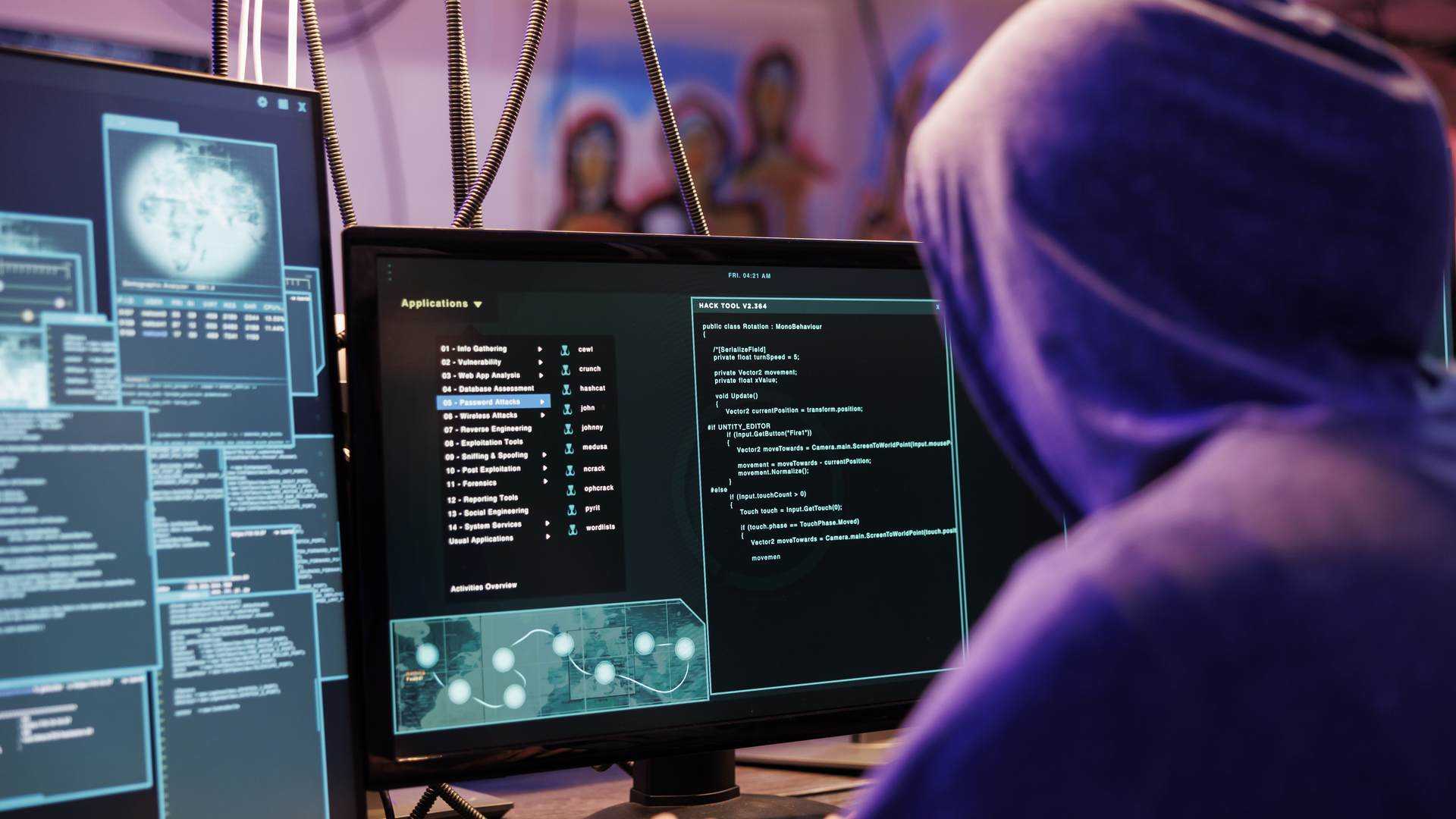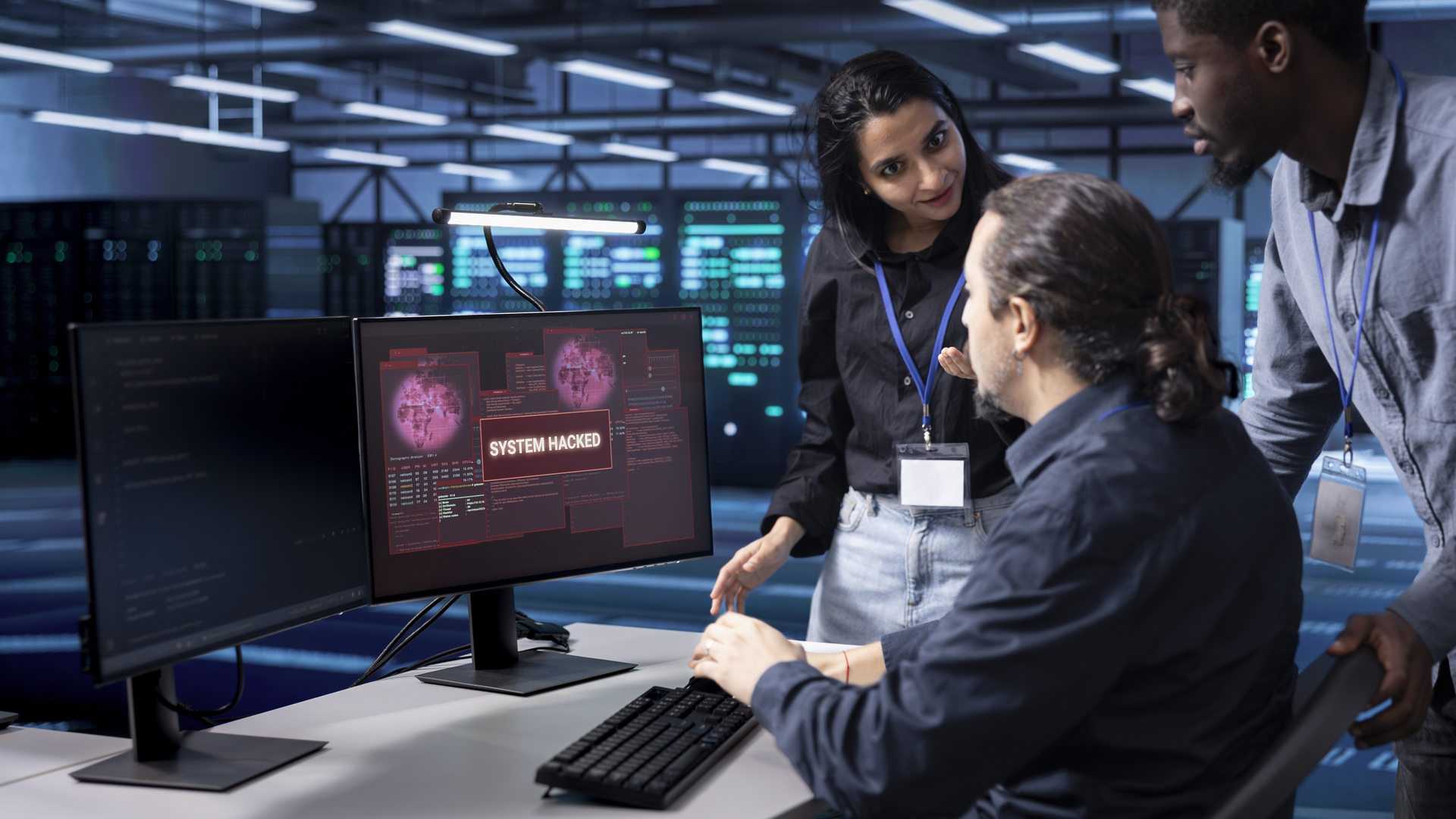As the digital age evolves, so does the complexity and danger of cyber threats. In 2025, cybersecurity is no longer just a buzzword for IT departments—it is a critical priority for businesses, governments, and individuals alike. With cyberattacks becoming more sophisticated and frequent, understanding the latest threats and how to defend against them is essential for survival in the modern world.
From ransomware targeting critical infrastructure to advanced phishing schemes that use AI-generated deepfakes, the current threat landscape is unprecedented. This blog dives into the evolving nature of cyber threats, examines the most pressing risks of 2025, and provides actionable strategies for combating them effectively.
The Evolution of Cyber Threats: A Growing Challenge
The cyber threat landscape has undergone a massive transformation over the last two decades. What started as a nuisance in the form of email viruses has now escalated into full-scale attacks capable of disrupting entire economies and endangering lives. Several factors have contributed to this evolution, each compounding the risks and challenges faced today.
Technology’s Role in Expanding the Attack Surface
The rapid adoption of cloud computing, the Internet of Things (IoT), and remote work has dramatically increased the number of potential entry points for attackers. While these innovations bring convenience and efficiency, they also create vulnerabilities that cybercriminals are quick to exploit. For example, as employees increasingly rely on personal devices and home networks for remote work, the lack of robust security protocols on these systems makes them easy targets.
IoT devices, in particular, have become a focal point for cybercriminals. From smart thermostats in homes to industrial sensors in factories, the sheer number of connected devices has expanded the attack surface exponentially. Most IoT devices are designed with functionality in mind, often at the expense of security, leaving them vulnerable to exploitation.
Professionalization of Cybercrime
Cybercrime is no longer the domain of individual hackers working for personal notoriety. Today, it is a highly organized and profitable industry. The rise of ransomware-as-a-service (RaaS) is a testament to this trend. Platforms on the dark web now offer pre-built ransomware tools that anyone can purchase, regardless of technical skill. This commodification of cybercrime has lowered the barrier to entry, allowing a broader range of attackers to target businesses and individuals.
Geopolitical and Ideological Motives
While financial gain remains the primary driver of cyberattacks, politically motivated threats are becoming more common. Nation-states are increasingly using cyberattacks as tools of espionage, disruption, and destabilization. Critical infrastructure such as power grids, water supplies, and healthcare systems are prime targets. Additionally, hacktivist groups use cyber tactics to further ideological causes, often exposing sensitive information or disrupting operations.
AI as Both Ally and Enemy
Artificial intelligence is a double-edged sword in the realm of cybersecurity. On the one hand, AI-driven tools help defenders detect and respond to threats in real-time. On the other hand, attackers use AI to enhance their capabilities. AI-generated phishing emails, for instance, are nearly indistinguishable from legitimate correspondence, while deepfake technology adds a new layer of deception to social engineering attacks.

The Most Pressing Cyber Threats in 2025
As the threat landscape continues to evolve, certain attack vectors stand out as particularly concerning in 2025. These threats are not only more frequent but also more damaging, affecting businesses and individuals alike.
Ransomware: A Billion-Dollar Industry
Ransomware remains one of the most pervasive and dangerous cyber threats. Modern ransomware attacks go beyond encrypting data; they often include a “double extortion” tactic, where attackers threaten to release sensitive information publicly if the ransom is not paid. This approach has proven especially effective in high-stakes industries such as healthcare, where operational downtime can have life-or-death consequences.
Advanced Phishing Campaigns
Phishing has evolved from simple, poorly crafted emails to highly sophisticated campaigns. Attackers now use AI to craft personalized messages that mimic the tone and style of trusted colleagues or organizations. Deepfake audio and video technology further complicates the issue, enabling attackers to impersonate individuals convincingly.
Zero-Day Exploits
Zero-day vulnerabilities—security flaws unknown to software vendors—pose a significant risk in 2025. Once discovered by attackers, these vulnerabilities are exploited until the vendor releases a patch. The rise in zero-day attacks highlights the importance of proactive threat detection and timely software updates.
Insider Threats
Insider threats, whether intentional or accidental, continue to be a major challenge. Employees with legitimate access to sensitive data can unintentionally cause breaches through negligence or be coerced into malicious actions. The hybrid work environment, which blends remote and in-office work, has made monitoring insider behavior even more difficult.
Supply Chain Attacks
Supply chain attacks target third-party vendors as a means of infiltrating primary targets. The infamous SolarWinds attack is a stark reminder of the widespread damage these breaches can cause. As organizations increasingly rely on third-party providers, ensuring the cybersecurity of the entire supply chain has become critical.
IoT Exploitation
IoT devices are often poorly secured, making them attractive targets for attackers. Compromised IoT devices are frequently used to build botnets, which can launch distributed denial-of-service (DDoS) attacks capable of overwhelming entire networks.
Strategies to Combat Cyber Threats In 2025
To navigate the complex cybersecurity landscape of 2025, organizations and individuals must adopt a multi-layered approach that combines technology, education, cybersecurity consulting, and proactive planning.
Strengthen the Cybersecurity Infrastructure
Building a robust cybersecurity infrastructure is the first line of defense. This includes implementing advanced firewalls, intrusion detection systems, and endpoint security tools. Network segmentation, which isolates critical assets from the broader network, is another effective measure to limit the potential damage of a breach.
Embrace the Zero Trust Model
The Zero Trust security model operates on the principle of “never trust, always verify.” This approach requires continuous authentication and authorization of all users and devices, regardless of their location. By implementing Zero Trust, organizations can minimize the risk of unauthorized access and lateral movement within their networks.
Leverage AI for Threat Detection
AI and machine learning play a crucial role in modern cybersecurity. These technologies analyze vast amounts of data to identify anomalies and detect threats in real-time. For example, AI-driven tools can flag unusual login patterns, such as access attempts from unrecognized devices or geolocations, enabling faster and more accurate responses.
Educate Employees on Cybersecurity Best Practices
Human error remains one of the leading causes of cyber incidents. Regular training sessions can help employees recognize phishing attempts, practice good password hygiene, and understand the importance of securing sensitive data. Simulated phishing exercises are particularly effective in reinforcing these lessons.
Develop a Comprehensive Incident Response Plan
No system is completely immune to breaches, which is why a well-prepared incident response plan is essential. This plan should outline clear steps for identifying, containing, and mitigating threats, as well as protocols for communication and data recovery. Regular testing ensures the plan remains effective.
Collaborate and Share Intelligence
Cybersecurity is a collective effort. Sharing threat intelligence within industry-specific groups and collaborating with law enforcement agencies can enhance defenses and enable faster responses to emerging threats. The more information organizations share about attack patterns, the better equipped they are to defend against them.

Future-Proofing Cybersecurity for the Years Ahead
As cyber threats continue to evolve, organizations must adopt a forward-thinking approach to stay ahead. This involves continuous improvement, investment in emerging technologies, and a commitment to fostering a culture of security.
Cybersecurity is not a one-time project but an ongoing process that requires constant evaluation and adaptation. Conducting regular risk assessments and penetration testing can help identify vulnerabilities and address them before they are exploited. Emerging technologies, such as AI-driven analytics, offer predictive insights that enable organizations to anticipate and prepare for future threats.
Building resilience is equally important. A comprehensive incident response plan, coupled with regular simulations, ensures that organizations can respond effectively when breaches occur. Additionally, staying engaged with the broader cybersecurity community through conferences, webinars, and information-sharing platforms provides valuable insights into emerging threats and countermeasures.
Conclusion
In 2025, cybersecurity is more than just a technical challenge—it is a strategic priority. As threats become more sophisticated and pervasive, adopting a proactive, multi-layered approach is essential. From strengthening infrastructure and embracing AI to fostering a culture of security awareness, the measures outlined in this blog provide a roadmap for navigating the complex cyber landscape. By staying vigilant and adaptable, individuals and organizations can not only protect their assets but also secure their futures in an increasingly digital world.


